Where chiropractic differs from other therapies, including physiotherapy is that we view the body as a whole, not just a group of segments, i.e shoulder, neck, hip, etc.
The body works as one synchronous unit so stress on one part will cause another area to compensate for this stress. The body is smart …. but not perfect!
So when we look into a problem, we will look at the whole body to assess cause and effect.
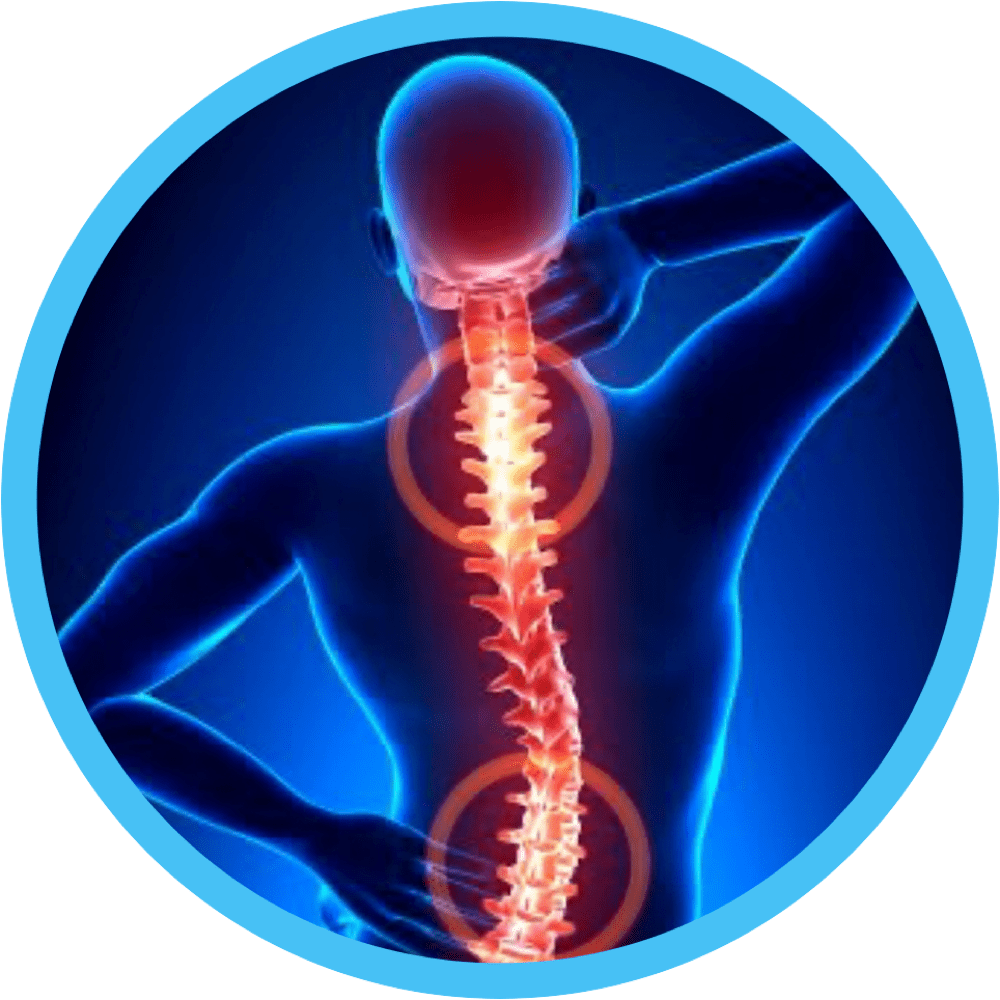
We tend not to compartmentalise this into lower back, mid back and neck pain, simply because the spine works as one synchronous unit (i.e.it works all together at once). Therefore, problems in one area can cause symptoms in another.
One of the commonest questions asked by patients with back pain is whether it is structural or muscular. The answer is usually both. Muscles connect bones via a joint or series of joints. If the bones and joints are not aligned correctly, the function and leverage of the joint is compromised so the muscles have to work harder, becoming sore and tender.
Over years, these issues can lead to arthritic change in the joints of the spine and if the discs between the vertebra are continously stressed, the walls of the discs can become weak and prolapse. This is commonest in the lower back as it is under the most load but can occur in the neck also. If a disc encroaches onto an adjacent nerve, it causes radicular symtoms such as burning, shooting pains or pins and needles in the leg, i.e. sciatica.
Correcting the position of the joints as well as the loading of the body around the affected joint will usually improve all these symptoms so long as they are not too far advanced.
Shoulder pain is probably the second or third most common symptom in most chiropractic clinics, next to (or associated with) back and neck pain. This is because the function of the shoulder is dictated by the alignment of the spine and connecting ribs. Common complaints that we treat are impingement (at the top of the shoulder), rotator cuff injuries, and frozen shoulder. Our effectiveness at treating shoulder complaints is that we look outside the box – i.e look at what else in the body is causing the shoulder to malfunction. For example, in at lease 50% of cases, patients will have a history of lower back pain which has been unresolved.
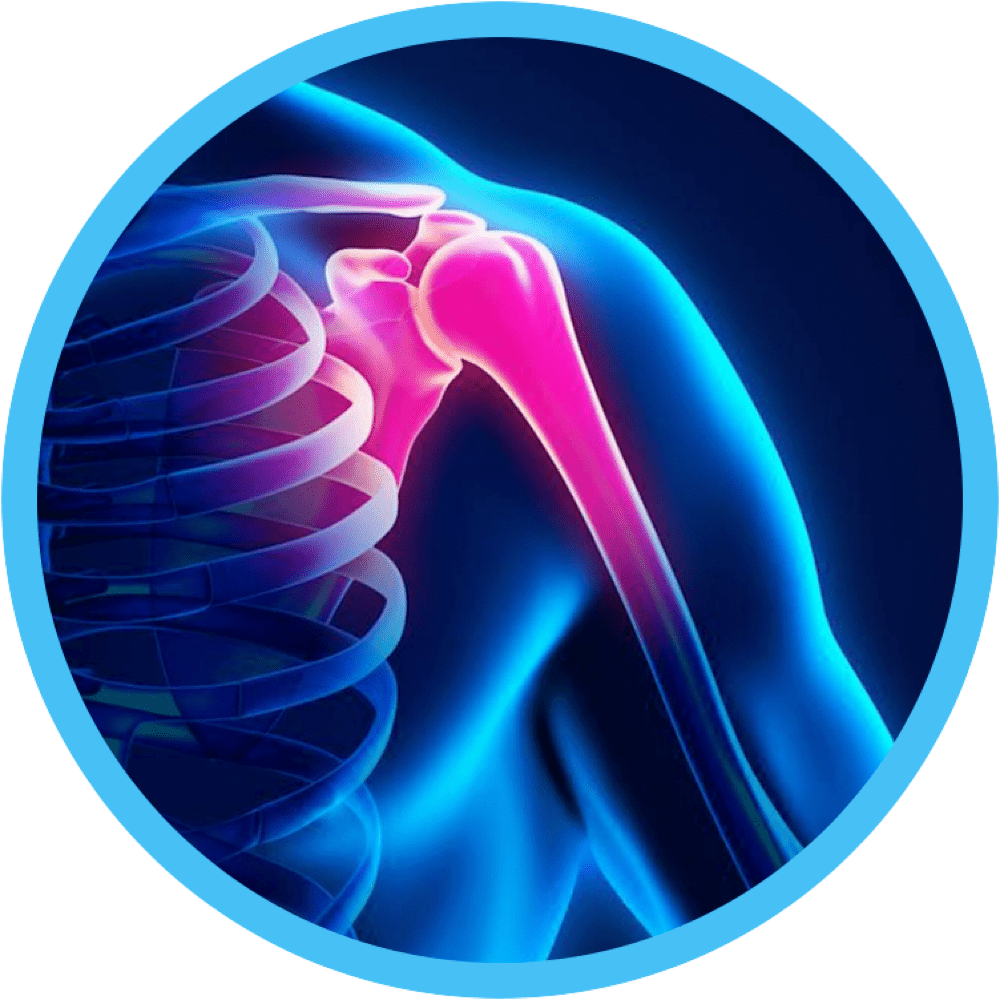
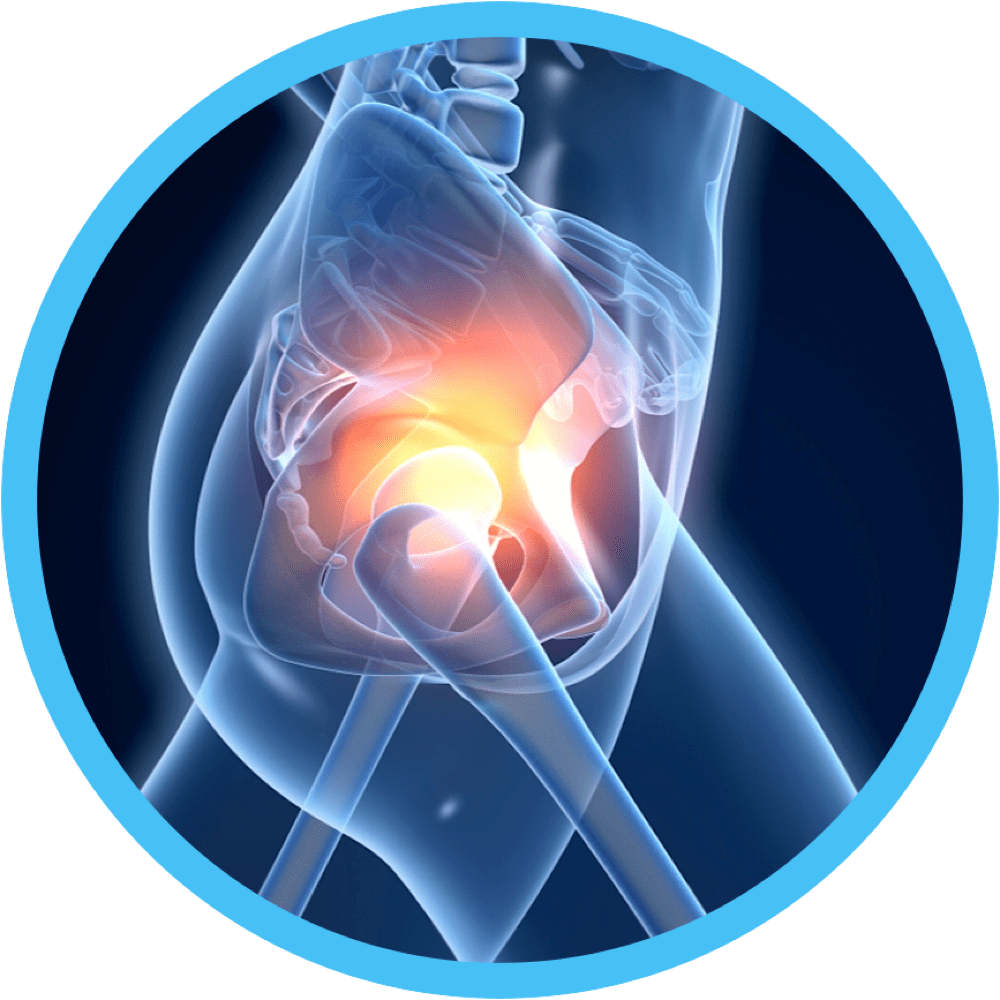
Hip pain can be complex. Often a hip problem will refer into the buttock muscles, groin, and lower back, so it is important to diagnose the cause and effect. The alignment of the pelvis and the strong leverage that the hips and pelvis are placed under when standing are important factors. Hip pain is often brushed off in medicine as age related wear and tear, but this shouldn’t be the case in your 30s or 40s, or even beyond that. And the majority of the time it is one hip affected. Why? Poor alignment always stresses one side of the body more. Balancing this alignment and improving the leverage will reduce the stress the hip is under. Often this process can take weeks to months but many prefer this to the alternative of a potential hip replacement.
The causes of knee pain are often similar to those for the hip but the knee is a more vulnerable joint and is mechanically different. Other than direct trauma, it can be subjected to twisting or maltracking problems that over time, wear away at the cartilage and / or stress the surrounding soft tissue. Symptoms include pain when squatting and climbing stairs, pain when twisting, pain when extending the knee at a certain range to name a few.
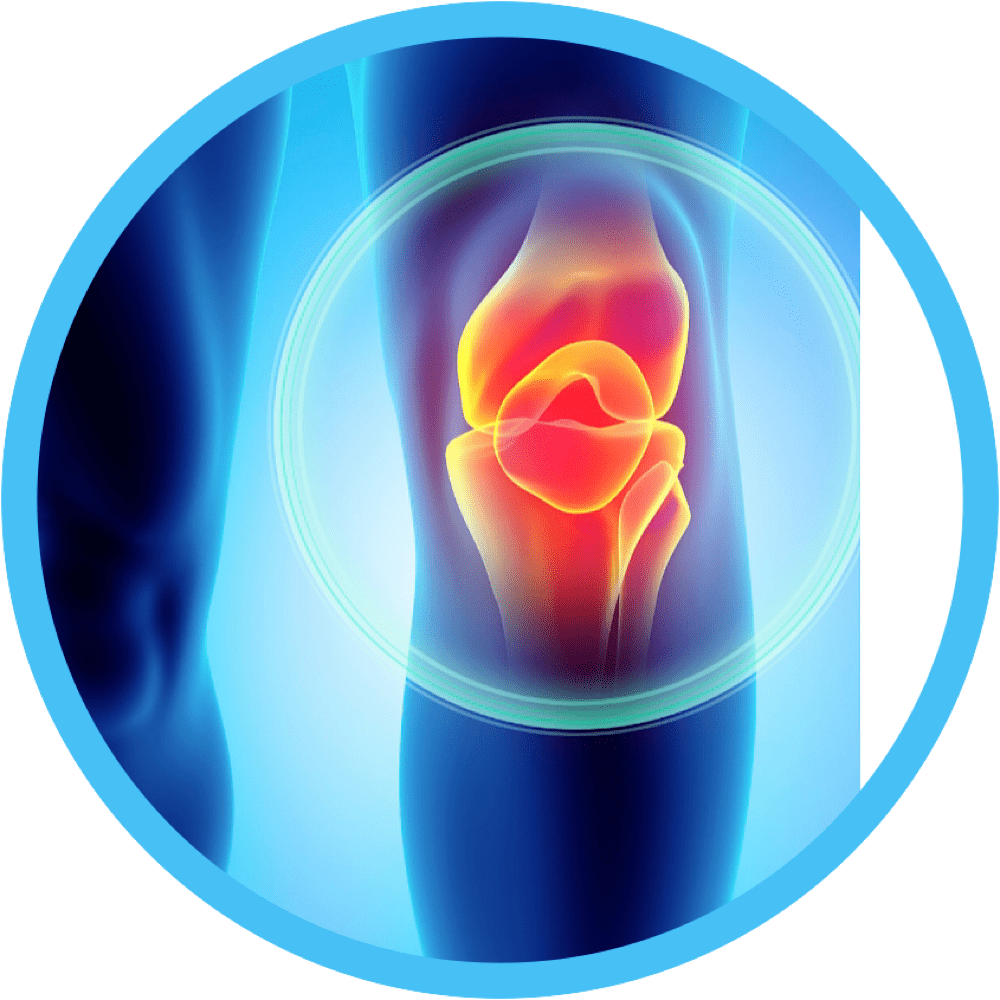
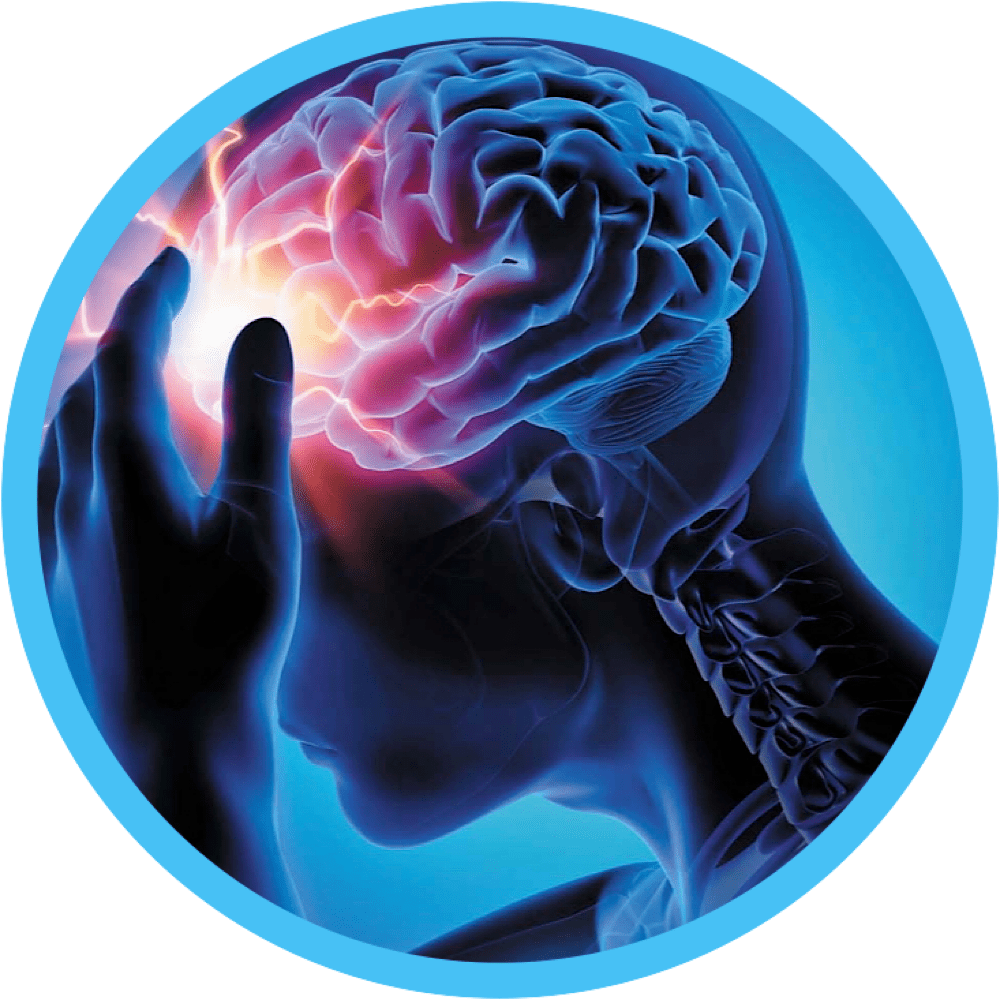
Headaches can be caused by a variety of factors which include tension on the spine and nervous system or muscular tension in the neck and shoudlers. These are called cervicogenic headaches. We have an excellent success rate with treating these. Common signs of cercigogenic headaches are tension at the base of the skull and top of neck, especially when the headache is starting and often a referred pain across the forehead, like a tight band.
Many of us feel fuzzy headed much of the time. It’s not just overt tiredness, but like your head and thoughts are full of cotton wool. Unsurprisingly, if the spinal cord and meningial system that surrounds the cord and brain are under tension, this pulls on the brain stem and the whole nervous system. As well as causing headaches, it can create this feeling of fuzziness and fatigue. Add to this the likelihood that your body mechanics is likely using far more of your energy supplies just to keep upright and mobile, fatigue is a big problem for many people.
Correcting the mechanics and releasing tension through the cord and meningies aleviates this pressure in the nervous system, freeing up energy to be used more productively.
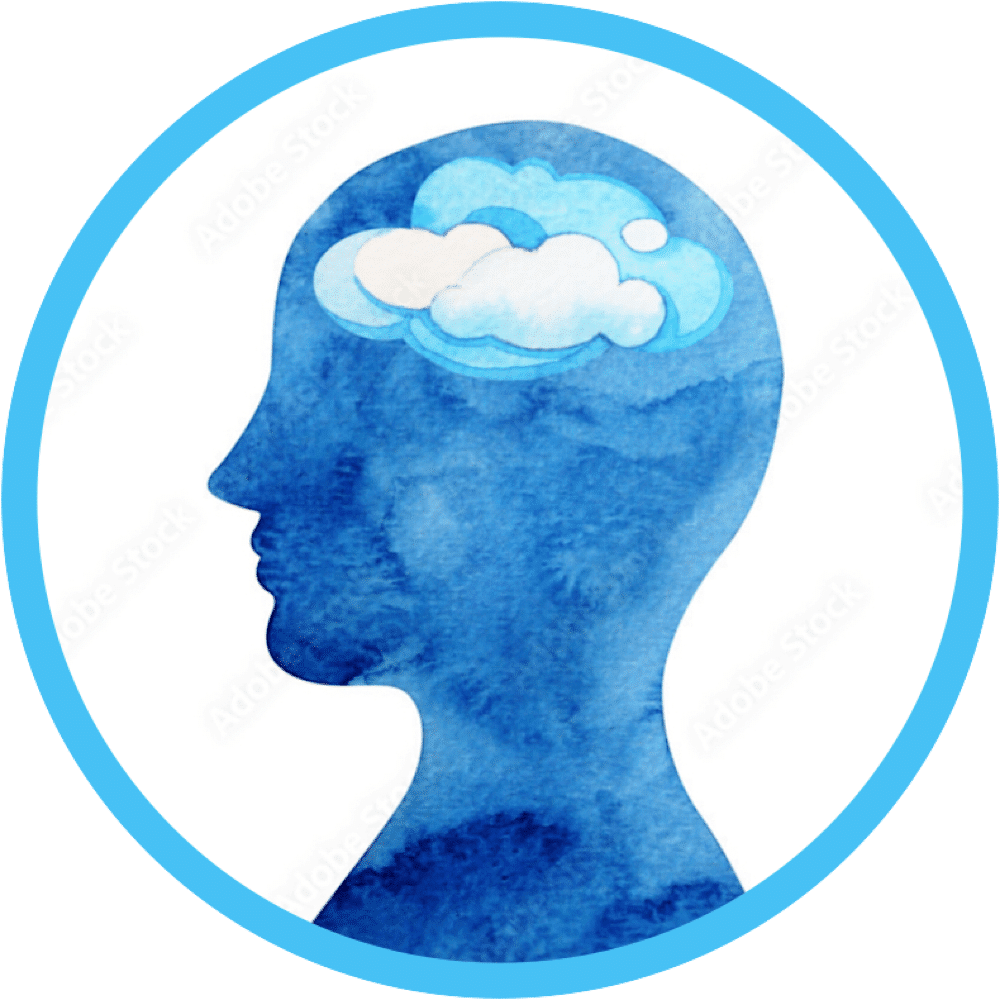
At Rebalance Chiropractic, we specialise in a technique called Advanced Biostructural Correction (ABC).
Our aim is to provide the highest standard of structural healthcare, to get you pain free and live a healthier life.
We offer Chiropractic care in Wiltshire, Oxfordshire, Faringdon, Shrivenham and Oxford.
Monday: 09.30-19.00
Tuesday: 14:00 – 19:00
Wednesday: 14:00 – 19:00
Thursday: 09:30 – 19:00
Friday : 09:30 - 13:00
We are closed for lunch between 13:00 - 14:00
Sat – Sunday: Closed
Stanford Road, Faringdon, Oxfordshire, SN78ET
© 2024 Rebalance Chiropractic | Privacy Policy | Terms & Conditions